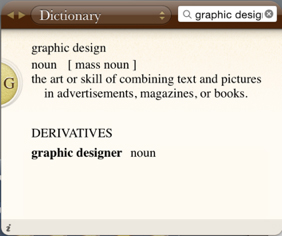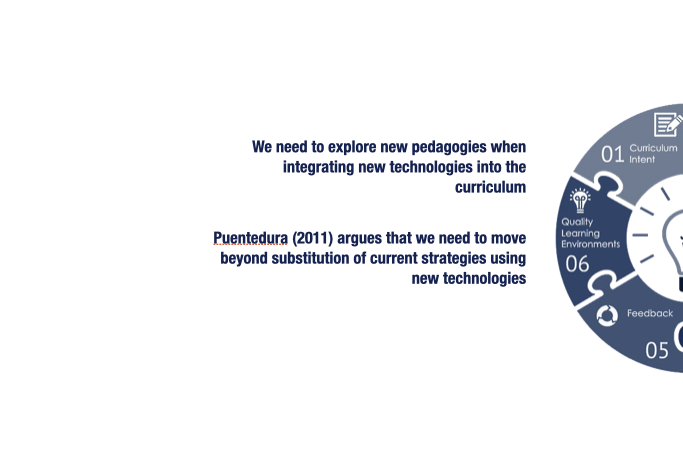By David Sinfield (Auckland University of Technology)
This blog post will show examples of a student lead design project using graphic design and new and emerging technologies such as AR and VR, mobile technologies and breaking with traditional classroom teaching models and working outside the classroom.
Blog abstract
This blog will explore ways of reconceptualising learning environments beyond static classrooms to virtualise the educational graphic design studio. The driver for this is a desire to enable student-centred constructivist pedagogies that can be described as Dewey for the digital age. Outlined in this paper is an ecology of resources designed to stimulate rhizomatic learning environments that are focused upon networking small groups of guided student teams rather than a centralised teacher-centred environment. While ideologically driven, this re-conception also provides a flexible and scalable approach to utilising limited physical teaching and learning space.
The goal is not to fully replace the traditional studio or classroom environment, but to enhance it and provide a variety of rich spaces for the teacher to design learning activities and guide student enquiry that are unique to a specific context and the rapidly changing world into which our graduates will enter.
Firstly I would like to ask the question. What is a graphic designer?
If we look at the definition of graphic design in the dictionary you will find something like this.

Which doesn’t really tell you a great deal.
And indeed the term graphic design has different implications across the globe. In some countries this could be just simple computer knowledge and paste-up work. So for the purposes of this presentation I will focus on my background as a practicing graphic designer and educator in which I see and teach graphic design as a creative design process.
So, what is the importance of new and emerging technology in graphic design?
What is a graphic designer in the 21st century? And how can new and emerging technologies help the graphic designer?
What is the role of the graphic design teacher and are they prepared to teach in the 21st century?
How can the graphic design teacher provide an adequate education that speaks of technology of today?
To answer these questions we need to look at where this all started from.
So let’s go back a wee bit to 1896 and how technology was being used then.
The myth of the runaway movie train surrounds a short 1896 film called L’Arrivée d’un train en gare de La Ciotat, or Arrival of a Train at La Ciotat.
The 50-second-long silent film was created by Auguste and Louis Lumière, a pioneering set of brothers who were among the very first people to create moving pictures.
What is new technology?
Well new technology is a factor of what period of time you are living in. For instance a Sony Walkman or a CD player today is no longer new technology but in the early eighties it was the height of new technology.
Why is technology important in design education?
It is important because when we are teaching subjects such as graphic design we need to be aware of what the new and emerging technology is and how it can be incorporated within curriculum and our teaching model.
Is print dead? No, but we need to find ways of enhancing it.
Whether the cinema audience run out screaming when they saw L’Arrivée d’un train en gare de La Ciotat is a matter of much debate, but what it did provide was probably the first case of augmented and virtual reality and was the height of technology in 1896.
So how is new and emerging technology being used today within education especially graphic design.
Or is it?
How much do students know about new and emerging technologies (do they know more than the lecturer?).
To answer this question I first needed to know how our students are using technology and what they are aware of.

Before I could conduct this survey and start the project I needed to go though the lengthy process of ethics approval especially for research publication purposes.
At the start of the semester I ran a student survey to see what their knowledge was like on digital media.
Armed with this information game me the ability to rethink the graphic design programme and to offer a more graphic designer approach to technology whilst still maintaining the creative side of design.

What did I want to achieve?
I was interested in the specific purpose of blending the more traditional ideas of graphic design together with moving image and new and emerging technologies. To add to this one of the programmes goal was to look into new and emerging technologies such as AR and VR and see how they can be incorporated.
It also questioned what is the role of graphic design in the 21st century and to give a greater understanding and knowledge into other areas that can enhance the graphic design field. This also opens up the debate as to what is the role of the graphic designer today. It isn’t as simple as just creating designs for print anymore, but more about the opportunity to engage with technology, local community and indeed the wider globally community.
Integrating new technologies into the curriculum needs to be based upon learning theories that support the development of new pedagogical strategies. We chose to base our curriculum redesign upon pedagogies that support creativity, specifically the intersection between social constructivism that emphasises collaboration and learning from more expert peers, authentic learning that focuses learning environments on real world scenarios, and heutagogy or student-determined learning. Heutagogy defines learning as building students capacity to navigate novel and unknown contexts.

We need to explore new pedagogies when integrating new technologies into the curriculum in order to move beyond simply replicating current teaching and learning practice.
We need to move beyond substitution of current strategies using new technologies, and move towards utilising new technologies to enable learning experiences that were either impossible or impractical via prior technologies. A pedagogy first approach will utilise technology as an enabler of new learning environments.

How does this translate to teaching the students?
These ideas now incorporate into the For this student second year project I wanted the students to think about the area they live in as a source for their design.
Using the region (Manukau, New Zealand) they lived in for inspiration, the students chose a location within the area that could have a significant meaning to them. They explored spaces and places and traveled through its streets and alleyways, looking for details, colours, textures, people, ideas and meanings of community. The area they chose became the focal point for their work in this project. Therefore it is looking at the community they live in and exploring it in greater depth.
The following link shows some of these outcomes using Google maps for exhibiting their information. All of their designs and findings were using mobile phones, panoramic photographs, 360 degree filming and augmented apps. This was all published online.
From Print to AR – Using mobile technology to enhance graphic deign (examples from students)
This next examples show students work from the brief of social awareness. Students had to create content on a topic that had significant importance to them. This ranged from freedom of speech, cruelty to animals and environmental issues etc. The students had to design and create a poster campaign, moving image and literature.
At the end of the programme when the students are in their third and final year they create an exhibition of their works which is open to the public.
In this year’s exhibition, it focused on augmented reality. By this student’s work was further expressed using moving image files and other examples of information, sound and video files via mobile phones and iPads. The participating audience had to download a free Layar application so that the students work could be viewed. A printed invitation to the exhibition had information and QR codes explaining about the exhibition and how best to view the work using the Layar application. Student reps were on hand during the opening night and the subsequent days of the exhibition to guide people through this process.
